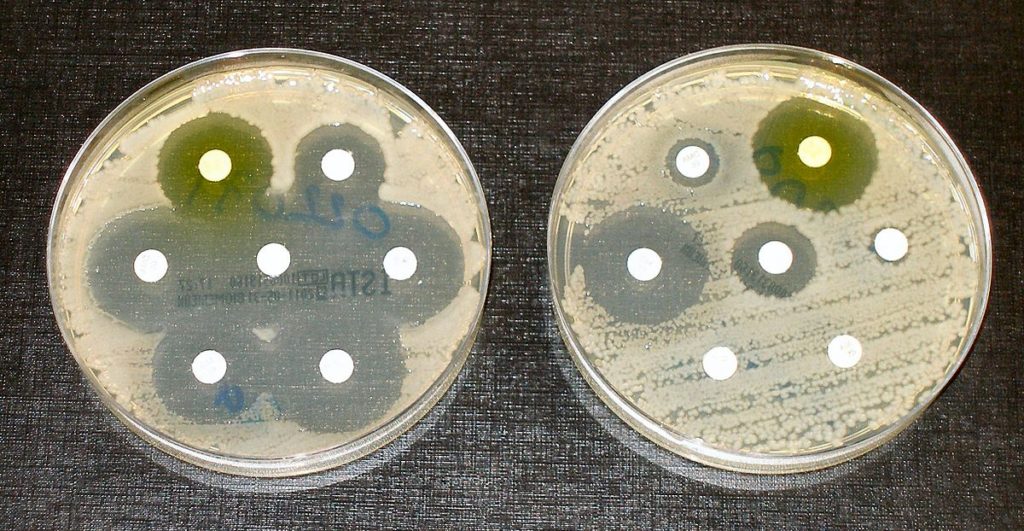In the summer of 1924, Calvin Jr., President Coolidge’s youngest son, developed a blister in his third right toe while playing tennis at the White House court. The blister became infected with Staphylococcus aureus (staph), and he died a week later at just 16 years old. Two decades later, penicillin could have saved him, but this drug is now useless against staph because of drug resistance, which has now become a broader crisis in medicine.
Of course, there is an ongoing search for new safe and effective antibiotics, but agents are very difficult to find. Unfortunately, even after the introduction of a new antibiotic, resistance inevitably develops through the evolution of the targeted bacteria in months to years. While we support the ongoing efforts to develop new antibiotics, we thought it would be timely to review other therapeutic approaches beyond antibiotics that are being explored.
One strategy exploits the ability of some drugs to potentiate the effects of a particular antibiotic and permit the use of smaller doses of antibiotics, thereby reducing the risks for undesirable side effects. For example, in in vitro and in vivo experiments some antibiotics are more effective when paired with a proanthocyanidin, from cranberries, that both increases antibiotic entry into bacterial cells and decreases efflux of antibiotic from those cells…







